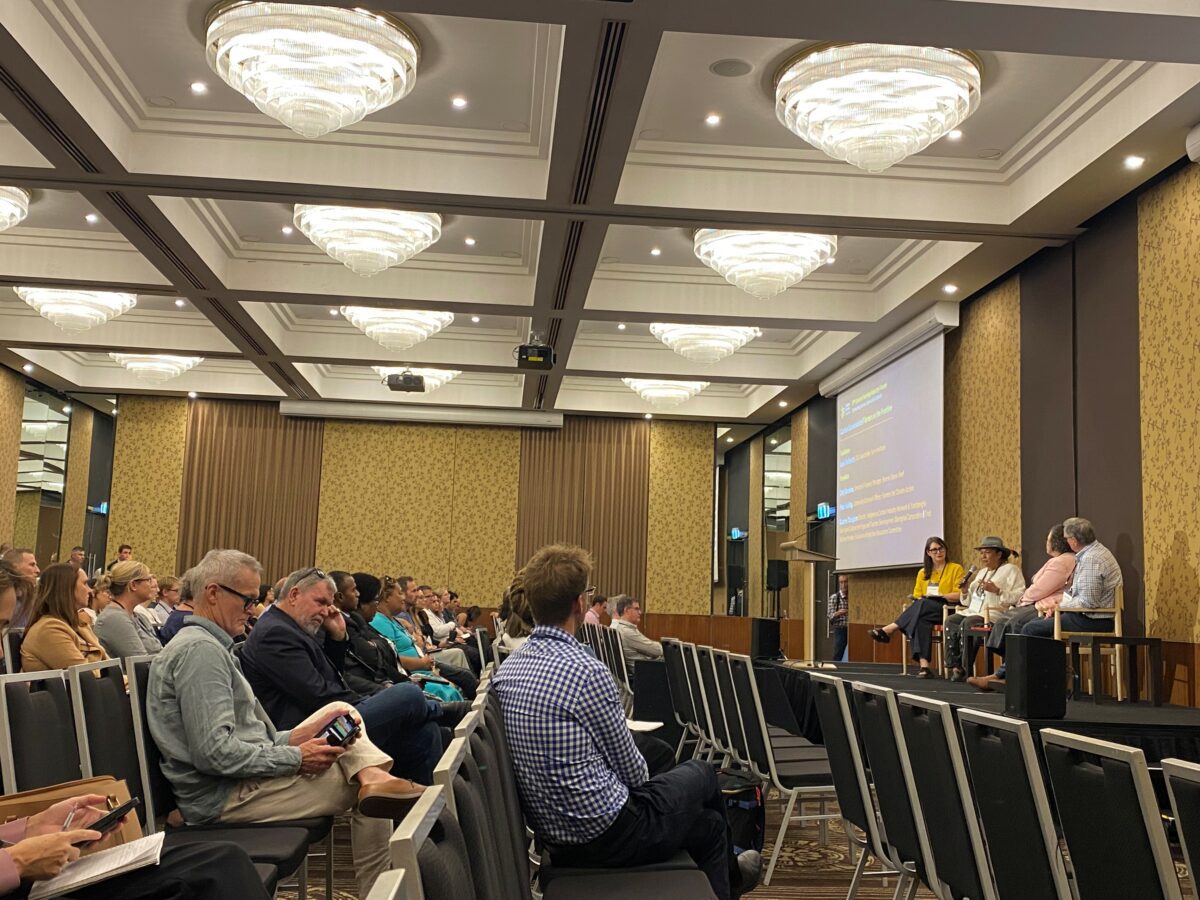Today’s release of the 2023-24 Safeguard Mechanism data by the Clean Energy Regulator (CER) shows that large emitters in the industrial sector are reducing their emissions. The data release is the first after reforms to the scheme were implemented in 2023.
Carbon Market Institute CEO John Connor said: “The data shows total emissions from facilities covered by the Safeguard Mechanism have reduced in absolute terms and that compliance responsibilities have driven additional reductions elsewhere in the economy through the crediting framework.”
“While there are a range of factors likely in play in the first year’s data, this is a good start. It is important to remember that this is a ‘training wheels’ year for facilities, with accelerating investment in reductions required in years ahead.”
The Safeguard Mechanism reforms were central to the Albanese Government’s climate reform agenda covering industrial facilities representing almost 30% of Australia’s emissions. After renewable energy support policies, the mechanism will be the second most significant driver of emission reduction investments according to government projections.
The reforms aligned the previous Coalition Government’s Safeguard Mechanism compliance baseline and credit emissions trading scheme with bipartisan net zero emission by 2050 goals.
The reforms transformed the Safeguard Mechanism into a declining baseline and credit emissions trading scheme, covering 219 of Australia’s largest emissions intensive industrial facilities, including in mining, oil and gas production, manufacturing, transport and waste.
A baseline is an emissions threshold set by the CER for each facility covered under the Safeguard Mechanism. The Safeguard Mechanism is administered by the CER under the National Greenhouse and Energy Reporting Act 2007 (NGER Act). It puts a limit on an individual facility’s net emissions within a given reporting period. Under current settings, baselines for each facility decline at a flat, linear rate of 4.9% annually from 2021-22 to 2029-30. The decline rate for 2030-31 onwards is yet to be determined but baselines will ultimately decline to net zero in 2049-50.
In the first phase of the reforms until a 2026-27 review, facilities can also purchase unlimited Australian Carbon Credit Units (ACCUs) or Safeguard Mechanism Credits (SMCs) to cover required emission reductions not achieved on-site.
Key findings and insights from first year report:
1. Facilities’ emissions declined in both gross and net terms
• covered emissions have reduced by 2.7 Mt CO2-e to 136 Mt CO2-e
• net emissions have reduced from 137.9 Mt CO2-e in 2022-23 to 127.8 Mt CO2-e in 2023–24
• These gross and net reductions are proportionally stronger than the rate of emissions reduction across the Australian economy as provided by DCCEEW’s Q2 2024 Quarterly National Greenhouse Gas Inventory update
2. SMCs (representing cases where facilities reduced emissions by more than the baseline decline rate) were generated in the first year of compliance, and some were traded and surrendered alongside ACCUs for the purposes of meeting compliance
• The substantial volume of SMCs generated in the first year (8.3 million) point towards the scheme’s ability to incentivise earlier efficiencies, while more transformative investments will generate greater emissions reductions in subsequent years
• The significant increase of surrendered ACCUs from 1.2 million in 2023-23 to 7.1 million in 2023–24 underscores the reformed scheme’s potential to drive significant private sector investment in other sectors where at-source emissions reductions are not yet technically feasible or commercially viable
3. As well as surrendering ACCUs and SMCs, 26 facilities (11.8% of 219 in total) engaged the scheme’s flexibility measures:
• 6 new multi-year monitoring period (MYMP) declarations, representing investments in multi-year upgrades and projects that will substantially reduce these facilities’ emissions intensity in the medium- to longer-term
• 3 borrowing adjustment determinations
• 17 Trade-Exposed Baseline-Adjusted (TEBA) determinations, granting severely cost-impacted facilities in the manufacturing sector a shallower 1% baseline decline rate for three years
o As a short-term measure, CMI supports TEBA arrangements as appropriate and necessary to support these facilities’ compliance and prevent carbon leakage
o However, in the longer-term, CMI maintains a durable solution to prevent carbon leakage such as a carbon border adjustment mechanism (CBAM) is needed to maintain Australian industry’s competitiveness in a decarbonising global economy
“As was expected, there is a significant use of carbon credits in the early years of this scheme as larger decarbonisation investment decisions are made for these facilities. It is critical that there is both continuity in the accelerating investment signal now built into the mechanism but also ongoing reform of Australia’s carbon crediting framework to ensure investor and community confidence in the reductions supported by that framework,” noted Connor.
“As we look towards the 2026-27 Safeguard Review milestone, government should consider the opportunity to broaden and deepen Australia’s climate policy suite across the economy, including the Safeguard Mechanism. This could support a high-ambition 2035 NDC, informed by a national carbon market strategy,” concluded Connor.
The Safeguard Mechanism data is available from the CER website.
CMI has a range of resources available to better understand the reformed Safeguard Mechanism, including our published FAQs.
CMI Election priorities for a Net Zero, Nature Positive Economy policy brief.



